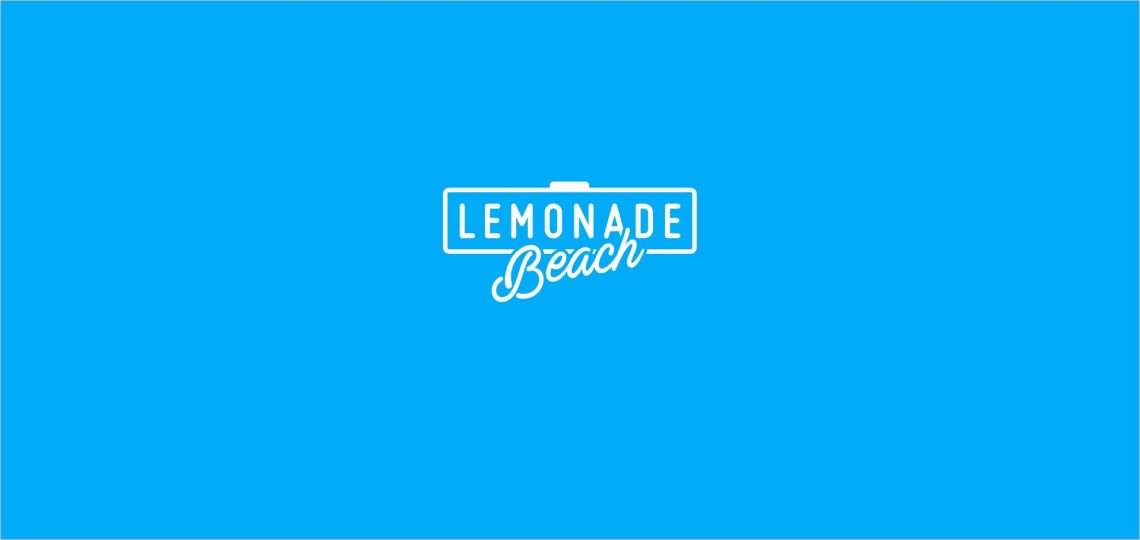Only twelve months ago we were in the thick of a Covid recession, but according to Josh Frydenberg “Team Australia” is bouncing back. It comes with the announcement of the 2021 Budget, which promises $30 billion in tax cuts.
Here’s some highlights for small-medium business owners, as well as families.
Highlights from the 2021 Federal Budget
- Business owners will benefit from another year of two coronavirus measures – full expensing and loss carry-back
The full expensing of assets measure allows businesses with an aggregated turnover of up to $5 billion to immediately claim the cost of spending on new plant and equipment. Businesses with a turnover of less than $50 million are also eligible for temporary full expensing with eligible secondhand assets.
The loss carry-back measure allows companies that make a loss to gain back tax they’ve previously paid, at a cost of $20.7bn.
An extra year of these measures is very welcome and savvy business owners will explore the use of both measures, working together, to provide additional cashflow and fund expansion activities.
- Tax cuts extended at a cost of $7.8bn
The low and middle income tax offset will be extended for a year providing taxpayers earning under $90,000 with a refund of $1,080.
In a move to benefit high-income earners, the top tax rate is still on track to be reduced to 30%.
It’s important to remember that tax offsets are temporary measures and can be easily removed in the future. An additional year of the LMITO will put dollars back into worker’s pockets, with the hope that this is spent in the economy rather than being saved. People with taxable incomes between 48k and 90k will gain the maximum benefit of the offset, as it tiers upwards for those earning 37k and downwards for those earning over 90k, ceasing at 126k
- Company tax cuts
No changes were announced to Company tax rates, which are already set to reduce to 25% from 1 July 2021 for businesses with turnover less than $50m.
- Small businesses will have ability to pause collection of disputed ATO debts
Small businesses with a turnover of less than $10 million will be able to apply to the Small Business Taxation Division of the Administrative Appeals Tribunal (AAT) to stop the Tax Office from pursuing them for disputed debts until the issue has been resolved.
- Support to business for traineeships and apprentices
Extension of JobTrainer scheme and apprenticeship subsidies
A very welcome move, again designed to fill skills shortages and increase employment. Particularly the apprenticeship subsidies will assist growing businesses in the trade industry.
- Changes to how an Australian tax resident is determined
Following the recommendations of the Board of Taxation, the government has announced a change in the way an individual tax resident is determined. The “bright line” test has been introduced, which sees individuals who have been in Australia for more than 183 days classified as an Australian tax resident.
Recently returned citizens should seek tax advice regarding their affairs. Australian Tax Residents are taxed on their world-wide income, including income earned as wages in low or no tax environments.
- Super Guarantee Rate increased and expanded
From 1 July 2021, the amount of super an employer must pay their employees increases from 9.5% to 10%.
This was previously legislated so no change – employers should review whether salary packages are inclusive or exclusive of superannuation and discuss with staff if needed.
Removal of earning threshold before super guarantee starts. Previously individuals earning less than $450 a month did not accrue superannuation.
This change will assist many part-time and casual workers to commence building their superannuation, particularly those that may work a number of jobs on low hours. Employers should review their staffing practices where they employ a lot of workers on low hours and ensure that they budget for the additional 10% super.
- Increased funding for Childcare
We know many of our clients are parents and will welcome the increased funding for childcare, coming into effect in July 2022. To provide some relief to low- and middle-income families with more than one child in care, the subsidy will increase to 95% of the daily fee (up from 85%) for second and subsequent children.
In a move to offer some relief to higher-income families, the cap of $10,560 will also be scrapped.
A welcomed move that will help families and assist in increasing workforce participation, however delaying the change for a full year will be disappointing to many families.
- Support for first home buyers as well as single parents entering or re-entering the property market
The governments Homebuilder initiative, which provides owner occupiers with a grant of up to $25,000 to renovate or build a new home has been extended to 18 months.
There will be an extra 10,000 places offered under the New Home Guarantee, which sees first home buyers only needing a 5% deposit. In an effort to provide some stability for single parents, they will only need a 2% deposit.
It will be interesting to see how this scheme plays out with regards to housing affordability as although it expands home ownership to those with a low deposit, these potential home owners still need to service a 95-98% mortgage on their property. In locations where rents are high in comparison to property values this may work very well.
Superannuation incentives were also announced to encourage older Australians to sell their homes, which would provide greater opportunities for younger Australians to enter the property market.
The Superannuation Down-sizer contribution being expanded to 60 year olds (down from 65) is a great move. The idea is that it will increase housing stock but also enable those nearing or at retirement to boost their superannuation balances.
First Home Super Saver Scheme increased from $30,000 to $50,000. This measure assists people to save for their first home by making voluntary contributions into super.
- Superannuation and retirement planning
Removal of ‘work test’ on super contributions for people aged 67 to 74
There are some catches with this one. The removal of the work test only applies to salary sacrificed and non-concessional contributions. That is, a work test will still apply to personal concessional contributions. Watch this space though as lobbying is expected regarding this.
Indexation of contribution caps from 1 July 2021: Concessional cap to increase to $27,500 and non-concessional cap to increase to $110,000 whilst the Transfer Balance Cap and Total Super Balance cap increases to $1,700,000 from 1 July.
Superannuation rules around contributions and pensions is complicated – it’s always recommended that you seek personal advice for your own circumstance when planning for your retirement.
Final Thoughts
There’s no real ‘losers’ in this budget and it sits nicely as we near an election. As with all Budgets nothing is certain until legislated and often more details emerge as legislation is drafted. If you’re wanting to take advantage of either business incentives or superannuation incentives it’s always a great idea to get personal advice for your situation.
Our Services
To learn more about Lemonade Beach Accounting, Tax & Business Advisory Services, please follow the links below.




